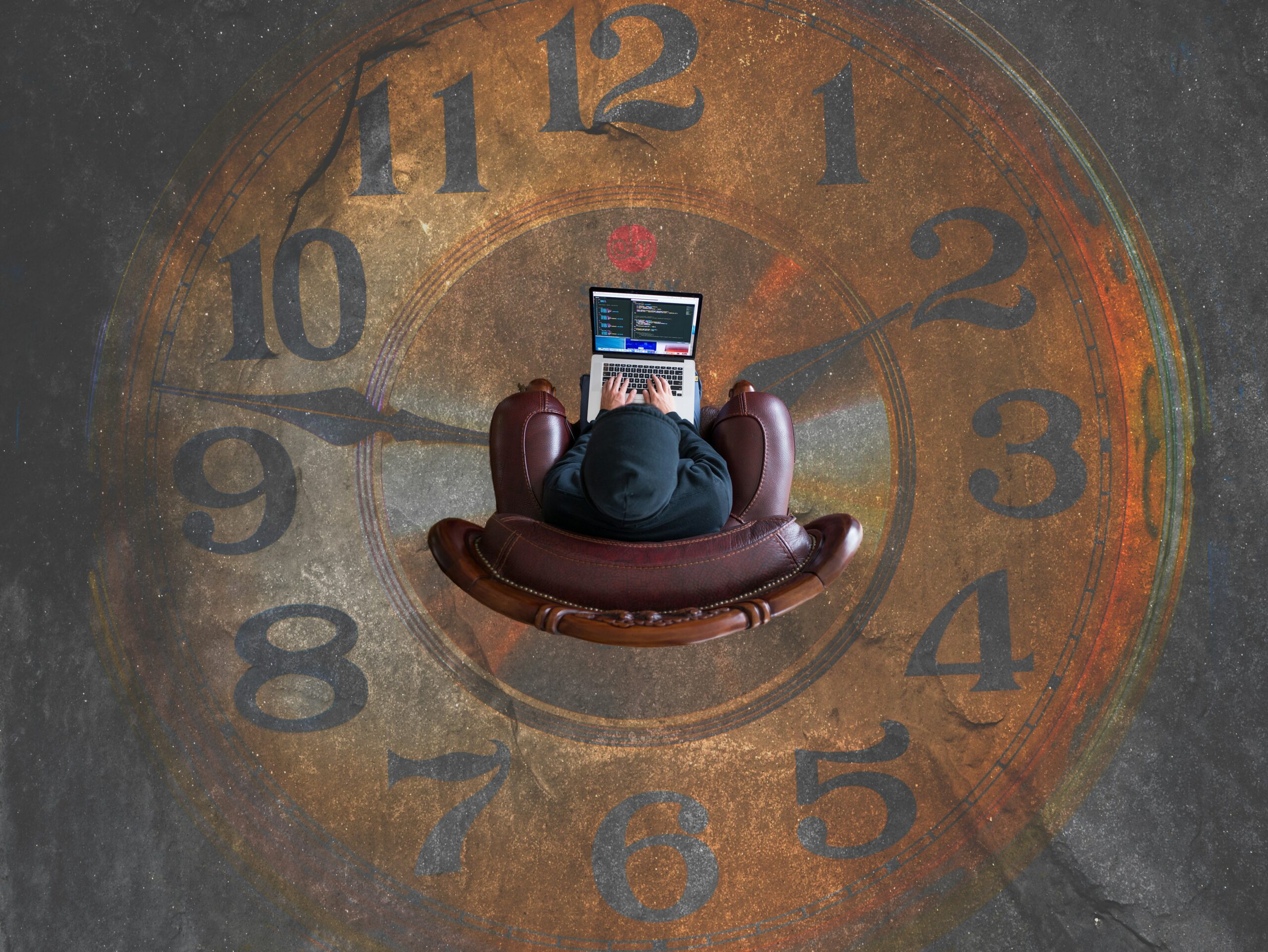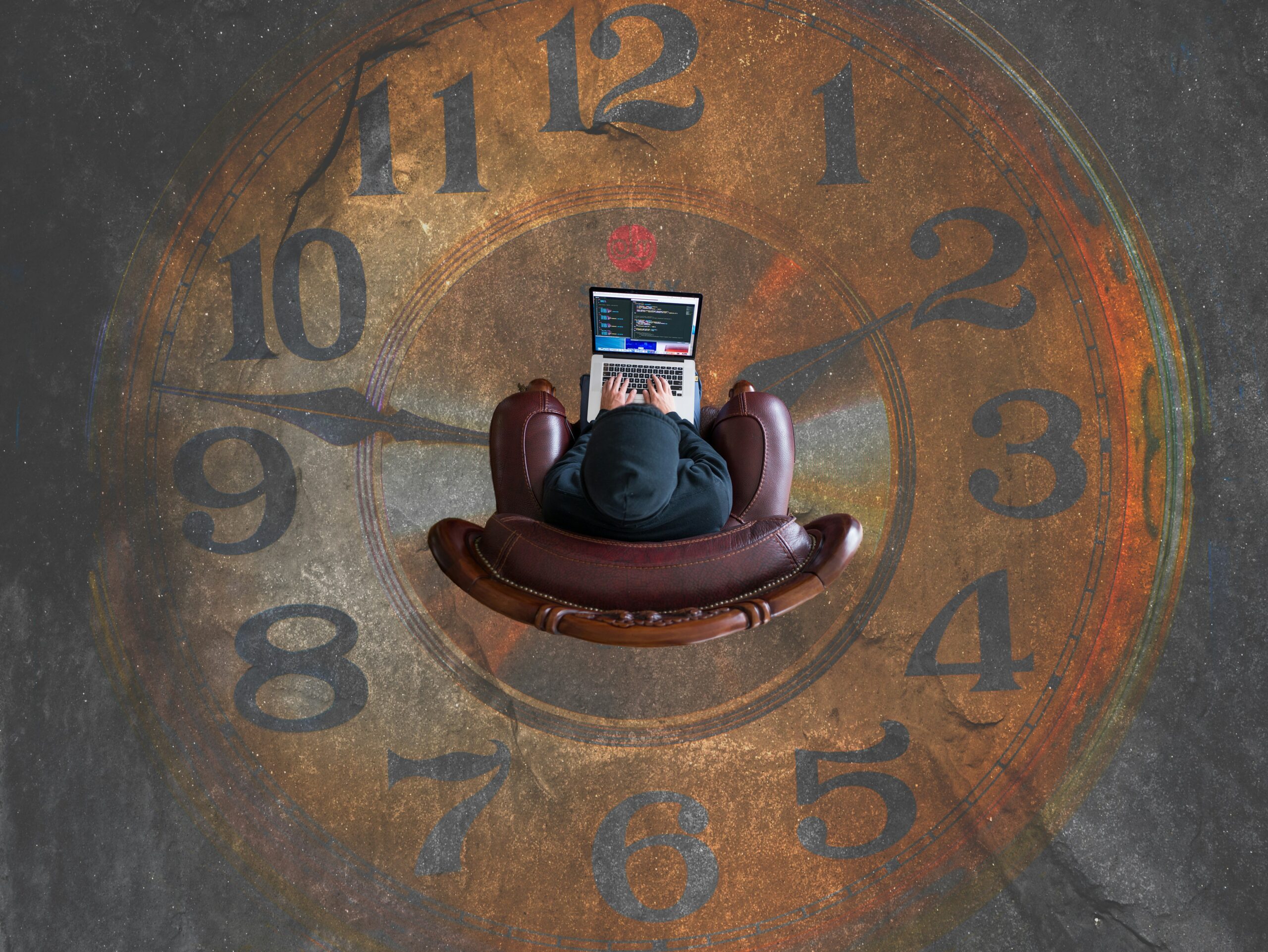Introduction
Collaboration is a vital aspect of any successful workplace. When teams work together effectively, productivity increases, ideas flourish, and projects are completed more efficiently. One key factor that can greatly influence collaboration is the user interface (UI) and user experience (UX) of the tools and platforms used by teams. In this blog post, we will explore various UI/UX strategies that can enhance workplace collaboration and boost team productivity.
1. Intuitive and User-Friendly Design
A well-designed UI should be intuitive and user-friendly. When team members can easily navigate through the interface, find the information they need, and perform tasks effortlessly, collaboration becomes smoother. Consider implementing clear and concise labels, logical organization of features and functions, and intuitive workflows to ensure a positive user experience.
2. Seamless Communication Channels
Effective communication is the cornerstone of collaboration. UI/UX strategies should focus on providing seamless communication channels that enable team members to connect and share information effortlessly. Features such as real-time messaging, video conferencing, and file sharing should be easily accessible and integrated within the platform.
3. Collaboration Tools Integration
Teams often use a variety of tools to collaborate, such as project management software, document sharing platforms, and task tracking systems. UI/UX strategies should aim to integrate these tools seamlessly within the main collaboration platform. This integration eliminates the need for constant switching between different applications, allowing team members to focus on their work without interruptions.
4. Customizable Workspaces
Every team has its unique workflow and preferences. Offering customizable workspaces allows team members to personalize their interface based on their specific needs. This can include rearranging modules, choosing color schemes, and selecting preferred features. By providing flexibility, the UI/UX design caters to individual preferences and enhances overall collaboration.
5. Visual Collaboration Features
Visual collaboration features can greatly enhance team productivity. UI/UX strategies should incorporate tools like interactive whiteboards, mind mapping, and virtual sticky notes. These features enable teams to brainstorm, visualize ideas, and collaborate in real-time, regardless of their physical location. Visual elements not only stimulate creativity but also help team members better understand and contribute to the project.
6. Accessible and Mobile-Friendly Design
In today’s digital age, remote work and mobile collaboration are becoming increasingly common. UI/UX strategies should prioritize accessibility and mobile-friendly design. The platform should be responsive and adaptable to different screen sizes, enabling team members to collaborate seamlessly from any device, whether it’s a desktop computer, laptop, tablet, or smartphone.
7. Gamification and Rewards
Introducing gamification elements and rewards can make collaboration more engaging and enjoyable. UI/UX strategies should consider incorporating features such as leaderboards, badges, and virtual rewards. These elements can motivate team members to actively participate, compete, and celebrate achievements, ultimately boosting productivity and collaboration.
8. User Feedback and Iterative Improvements
Continuous improvement is essential for any UI/UX design. Provide avenues for user feedback and actively listen to the needs and suggestions of team members. Regularly analyze usage data and conduct usability tests to identify areas for improvement. By involving the users in the design process, the UI/UX can be refined to better meet the requirements of the team, leading to enhanced collaboration and productivity.
Conclusion
UI/UX strategies play a crucial role in enhancing workplace collaboration and team productivity. By implementing intuitive and user-friendly designs, seamless communication channels, integration of collaboration tools, customizable workspaces, visual collaboration features, accessible and mobile-friendly design, gamification elements, and iterative improvements based on user feedback, organizations can create an environment that fosters effective teamwork and drives successful outcomes.
Remember, a well-designed UI/UX is not only visually appealing but also optimizes the user experience, enabling teams to collaborate effortlessly and achieve their goals.




Leave a Reply